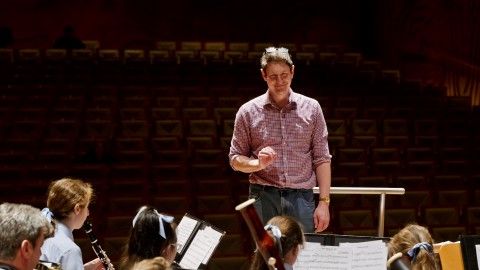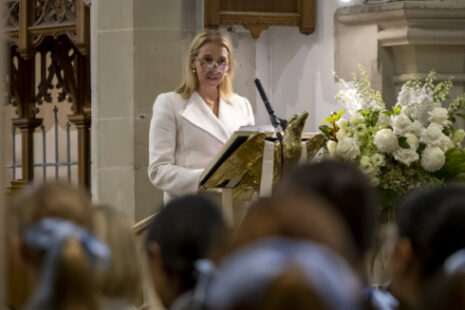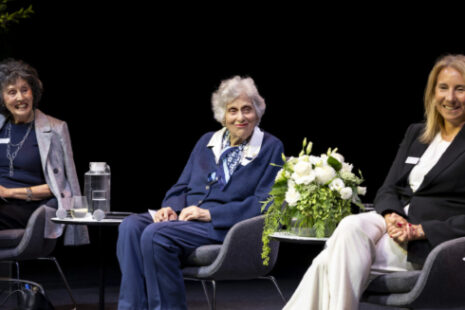A few simple tools

Music composition should be encouraged in young children the way art, literature and drama are, explains Deputy Head of Music Mr Tim Collins
Mozart, Beethoven, Bach. These names loom large in the collective psyche when discussing classical music. Their talent and skill seem unassailable. Individual compositions such as Beethoven’s 5th Symphony are recognised as pinnacles of Western artistic achievement. The notes enshrine an experience that we can choose to immerse ourselves in over and over again. This journey can inspire us, or connect us with humanity, or make us feel like a better person. Some say this piece describes Beethoven’s internal struggle over whether he should end his life or not after learning he was going deaf. A composer going deaf! Luckily he chose to carry on composing “for the betterment of mankind”.
These composers were all highly skilled improvisers (much like Jazz players); but it was the invention of Music notation that allowed the architecture of such works to be mapped out on a grand scale. These ideas could then be modified, developed and ultimately communicated to large forces of musicians. In his book Big Bangs (Chatto & Windus, 2000) English composer and broadcaster, Howard Goodall lists notation as one of the five dramatic turning points in Western music’s development[1].
You could sit back and bathe in the sounds of Beethoven’s masterpiece, but the best way to understand it, is to make one yourself. Young people are often not encouraged to create their own compositions. This is puzzling as children create their own Art as soon as they can dip their fingers into paint, create their own plays as soon as they can talk and write their own stories as soon as they pick up a crayon. The Music that young people make is so often re-creative. The performance of a popular song or master work is lauded before that of an original composition. ‘But composing is too complicated. There are so many rules’ are words one often hears.
Mozart was composing at the age of five. You just need some basic tools and a context.
One of the most powerful tools is ‘the Triad’. This is the building block of 99% of the music we (in the West) listen to. Triads come in several flavours but just a single one can elicit an emotional response. Major = happy/sunshine, Minor = sad/dark. A few triads placed one after another begin to tell a story.
You only need a few chords to make an impact. Even then, the same chords seem to be used over and over. Melbourne band The Axis of Awesome[2] has identified 75 songs that use the same progression of chords, songs including ‘Under the Bridge’, Red Hot Chili Peppers, ‘You’re Beautiful’, James Blunt, ‘Where Is the Love’, Black Eyed Peas and ‘Forever Young’, Alphavill) to name a few.
Hence, while some compositions are purely abstract, most are designed to lead the listener on a journey. It is difficult to simply pluck a composition out of the air. Composers need an emotional context. It gives the composition a reason. Malala Yousafsi is a Pakistani activist for female education and the youngest recipient of the Nobel Prize. At the age of 15 she was shot in an attempted assassination. She became the inspiration for our students to write string quartets, based on a simple progression of triads. Each student carefully chose their progression to evoke the elements they felt important about her story. It was not long before students encountered the same musical issues Beethoven did. “How do I make this experience more profound? How do I make it longer? How do I change moods? How do I create excitement, pathos?”
It is then that we investigate in detail the mechanics of what he, or other successful composers did.
[1] Howard Goodall, ‘Big Bangs, The Story of Five Discoveries that Changed Musical history’ (Vintage Books, London, 2001)
[2] The Axis of Awesome – 4 Four Chord Song https://www.youtube.com/watch?v=5pidokakU4I





